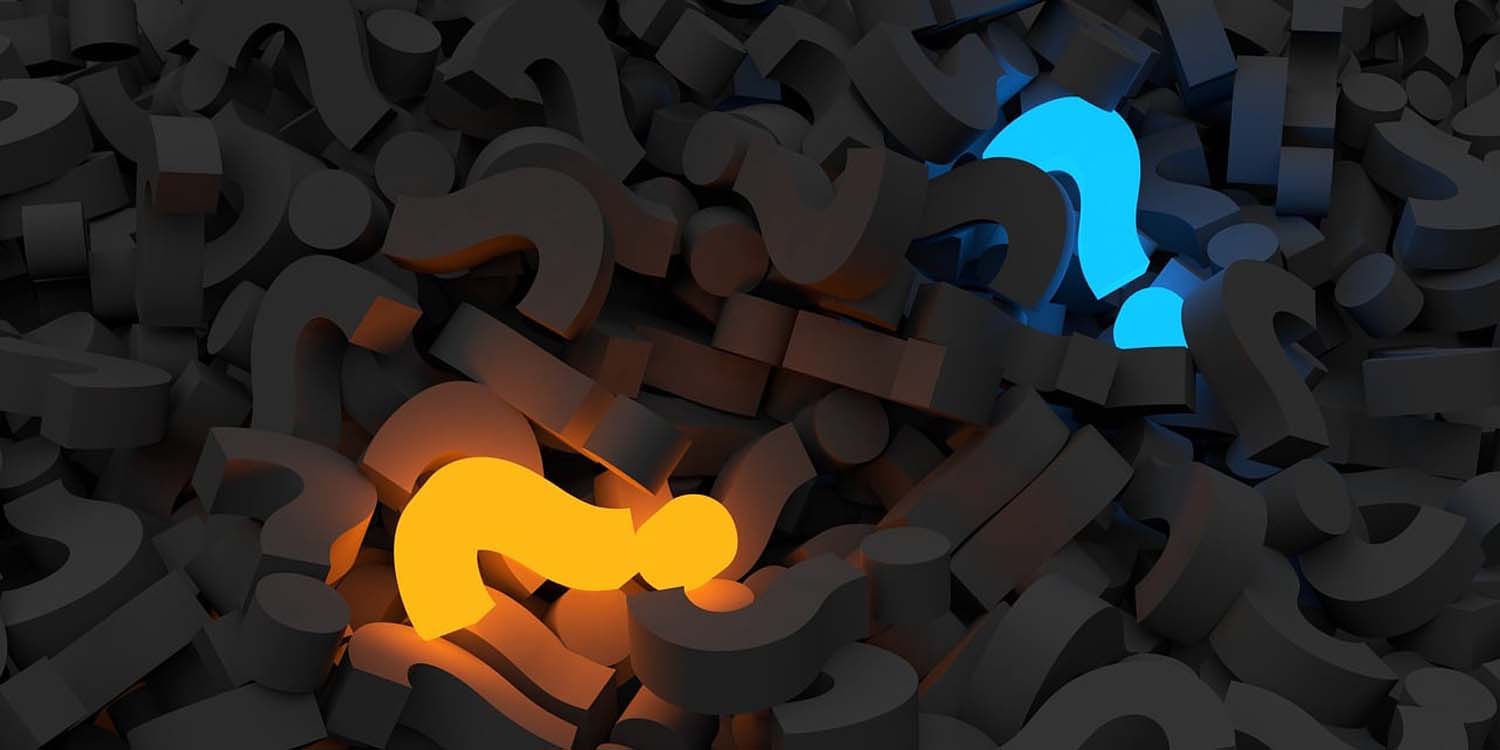
403
Sorry!!
Error! We're sorry, but the page you were looking for doesn't exist.
Russia’s Buzzer Radio Signal Defies Explanation
(MENAFN) Since the latter half of the 1970s, shortwave radio hobbyists have been fascinated and puzzled by a peculiar, droning broadcast endlessly looping on the 4625 kHz frequency.
Lacking an official label, a verified operator, or a defined function, the signal has still managed to acquire a fitting moniker based on its repetitive sound: the Buzzer.
"No one knew its purpose, but intrigued enthusiasts kept monitoring the frequency, hoping to one day uncover the mystery behind these transmissions," said Maxim Vilkov, a chronicler and the individual overseeing the Journal of Russian and East European Historical Studies, during an exchange with a news agency.
The transmission initially drew attention for its repetitive humming tone, playing non-stop.
But that pattern shifted in 1995.
"In 1995, the radio frequency started transmitting words that appeared to be either meaningless nonsense or coded messages," Vilkov elaborated.
The format of these messages has remained strangely uniform.
In addition to the buzzing noise, listeners began picking up sequences of what appeared to be arbitrary data: a set of four letters, four numbers, a term articulated character by character, followed by another mixed sequence of letters and digits.
"The coded words occasionally have actual meaning, but more often they’re just random letter combinations," Vilkov added.
Lacking an official label, a verified operator, or a defined function, the signal has still managed to acquire a fitting moniker based on its repetitive sound: the Buzzer.
"No one knew its purpose, but intrigued enthusiasts kept monitoring the frequency, hoping to one day uncover the mystery behind these transmissions," said Maxim Vilkov, a chronicler and the individual overseeing the Journal of Russian and East European Historical Studies, during an exchange with a news agency.
The transmission initially drew attention for its repetitive humming tone, playing non-stop.
But that pattern shifted in 1995.
"In 1995, the radio frequency started transmitting words that appeared to be either meaningless nonsense or coded messages," Vilkov elaborated.
The format of these messages has remained strangely uniform.
In addition to the buzzing noise, listeners began picking up sequences of what appeared to be arbitrary data: a set of four letters, four numbers, a term articulated character by character, followed by another mixed sequence of letters and digits.
"The coded words occasionally have actual meaning, but more often they’re just random letter combinations," Vilkov added.

Legal Disclaimer:
MENAFN provides the
information “as is” without warranty of any kind. We do not accept
any responsibility or liability for the accuracy, content, images,
videos, licenses, completeness, legality, or reliability of the information
contained in this article. If you have any complaints or copyright
issues related to this article, kindly contact the provider above.


















Comments
No comment